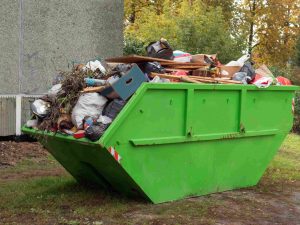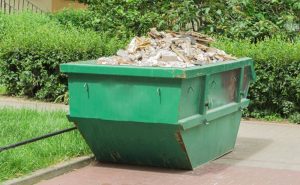Skip Bin Safety: Best Practices
Skip bins are essential tools for waste management in various settings, from construction sites to residential areas. While convenient, they also pose potential safety risks if not handled properly. To ensure the safety of workers and the public, it’s crucial to follow best practices when using skip bins.
Understanding Skip Bin Safety
1. Proper Placement
The placement of skip bins is the first step in ensuring safety. They should be positioned on a flat, stable surface, away from obstacles such as overhead wires, trees, or buildings. This prevents accidental tipping or damage during loading and unloading.
2. Weight Distribution

Skip Bin Safety: Best Practices
Maintaining proper weight distribution within the skip bin is vital to prevent overloading and tipping hazards. Heavier items should be placed at the bottom, with lighter materials on top. Distributing weight evenly helps maintain stability during transportation and disposal.
3. Segregation of Waste
Segregating waste before disposal not only promotes recycling but also enhances safety. Hazardous materials such as chemicals, asbestos, or sharp objects should be separated and handled according to regulations. This reduces the risk of injuries and environmental contamination.
Safety Measures for Skip Bin Usage
1. Personal Protective Equipment (PPE)
Workers handling skip bins should wear appropriate PPE, including gloves, safety boots, and high-visibility clothing. This protects against injuries from sharp objects, chemical exposure, and falling debris.
2. Proper Loading Techniques
Loading skip bins requires caution to prevent injuries and accidents. Items should be placed carefully to avoid spillage or protrusion from the bin. Larger items may require assistance or specialized equipment for safe handling.
3. Regular Inspections
Regular inspections of skip bins are essential to identify any signs of damage or deterioration. Weak spots, rust, or structural defects should be addressed promptly to prevent accidents. Inspections should also include checking for proper signage and safety barriers around the skip bin area.
Safe Transportation and Disposal
1. Secure Transportation
When transporting skip bins, ensure they are securely fastened to the vehicle to prevent shifting or tipping. Use appropriate restraints and follow transportation regulations to minimize risks on the road. For woodys skips banora see here.
2. Controlled Disposal
During disposal, skip bins should be emptied in a controlled manner to avoid sudden movements or tipping. Operators should exercise caution and follow proper procedures to ensure safe unloading of waste materials.
3. Environmental Considerations

Skip filled with solid household waste
Dispose of waste responsibly, adhering to environmental regulations and guidelines. Avoid dumping hazardous materials or pollutants that could harm the environment or public health. Recycling and proper disposal methods help minimize environmental impact.
Conclusion
In conclusion, skip bin safety is paramount in waste management practices. By following best practices for placement, loading, transportation, and disposal, we can prevent accidents, injuries, and environmental damage. Prioritizing safety not only protects workers and the public but also promotes efficient and sustainable waste management.
Implementing these safety measures ensures that skip bins remain valuable tools in waste disposal while minimizing risks to all involved parties. By incorporating these practices into everyday operations, we can create safer and healthier environments for everyone.
